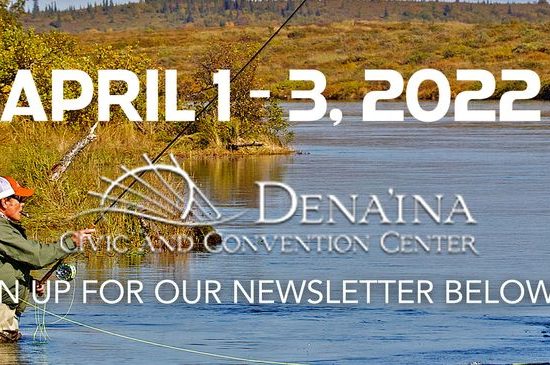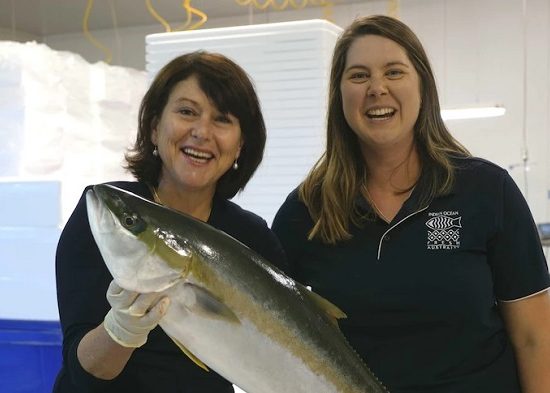Wild foods are important to Alaskans, and especially to rural residents, but subsistence users and scientists say climate change is affecting wildlife populations, access to subsistence resources, and food preservation.
On its website, the Alaska Department of Fish and Game says subsistence hunting and fishing make up a large share of the food supply in rural Alaska – about 375 pounds per person, compared to 22 pounds per person in urban areas.
Stanley Hawley, tribal administrator for Kivalina in Northwest Alaska, said subsistence involves more than putting food on the table.
“Once we get exposed to that livelihood, that way of living, it gets ingrained in our spirit, and in our soul, and in our psyche,” said Hawley.
Mike Williams of the Native village of Akiak said [hunters’] reports of walrus with empty stomachs at a time of year when they need to be piling on the blubber, and salmon runs that don’t meet escapement goals for spawning – also raise concerns about wildlife populations. He said some years when they did catch fish, wet, warm spring weather interfered with food preservation.
“We can’t even dry our fish when it’s raining all the time and it’s moist,” said Williams. “The fish can’t dry after we cut them up, and they spoil.”
“The migration pattern is about 60 to 90 miles out,” said Leroy Adams, the Housing Coordinator for Kivalina. “Although they haven’t landed a bowhead whale in 10 or 12 years, they still haven’t given up.”
See Full Story at AlaskaPublic.org
image credit NYTimes











